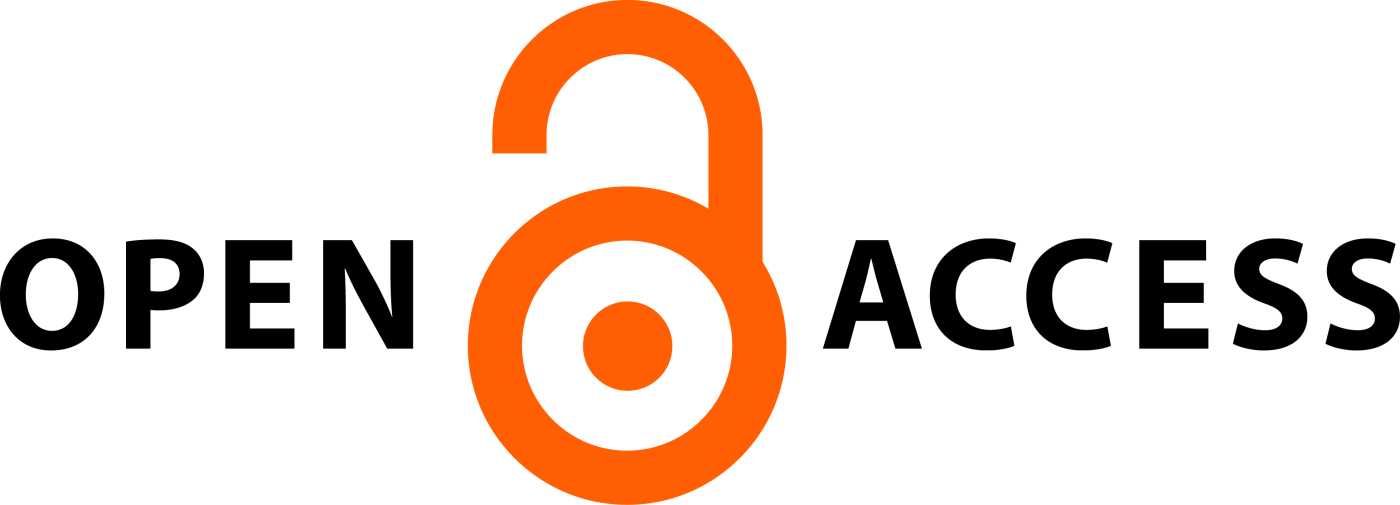AN APPROACH TO UNDERSTAND SIMILARITIES BETWEEN AI AND THE HUMAN BRAIN
Abstract
Artificial intelligence (AI) and neuroscience have a long history of working together. The daily social and economic activities are supported by artificial intelligence (AI), which is a significant piece of technology. One of today's most hotly disputed topics is artificial intelligence (AI), and there doesn't seem to be much agreement on how human and artificial intelligence vary and overlap. Discussions on a variety of relevant subjects, including ethics, healthcare, agriculture, education, and trustworthiness, are marked by implicit anthropocentric and anthropomorphic assumptions. It significantly supports Japan's economy's sustainable growth and provides solutions to a number of societal issues. AI has gained attention recently as a means of fostering growth in both industrialized nations like the United States and Europe as well as developing nations like China and India. Deep neural networks (DNNs), which have grown to be potent and common tools to simulate human cognition and frequently generate similar behaviours, can also be described as AI. DNNs appear to categories real-world images in the same way as people do, for instance, thanks to their hierarchical, brain-inspired organization of computations. Deep neural networks (DNNs), a subset of the larger machine learning family, are becoming more and more effective in commonplace real-world applications like automated face recognition and self-driving automobiles. The School of Psychology and Neuroscience at the University of Glasgow has recently published new research in the journal Trends in Cognitive Sciences that takes an approach to understanding whether the human brain and its DNN models recognize things in the same way, using comparable steps of computation.
Downloads
All the articles published in JAPSR are distributed under a creative commons license (CC BY-NC-SA 4.0)
Under this license, you are free to:
- Share- copy and redistribute the material in any medium or format for any purpose, even commercially.
- Adapt- remix, transform, and build upon the material for any purpose, even commercially.
The licensor cannot revoke these freedoms as long as you follow the license terms.
- Attribution — You must give appropriate credit , provide a link to the license, and indicate if changes were made . You may do so in any reasonable manner, but not in any way that suggests the licensor endorses you or your use.
- NonCommercial — You may not use the material for commercial purposes .
- ShareAlike — If you remix, transform, or build upon the material, you must distribute your contributions under the same license as the original.
- No additional restrictions — You may not apply legal terms or technological measures that legally restrict others from doing anything the license permits.
Copyright policy
The journal allows the author(s) to hold the copyright of their work. That means the authors do not need to transfer the copyright of their work to the journal. However, the authors grant JAPSR a license to publish the article and identify itself as the original publisher.
Licensing policy
The journal allows the author(s) to hold the copyright of their work. That means the authors do not need to transfer the copyright of their work to the journal. However, the authors grant JAPSR a license to publish the article and identify itself as the original publisher.






